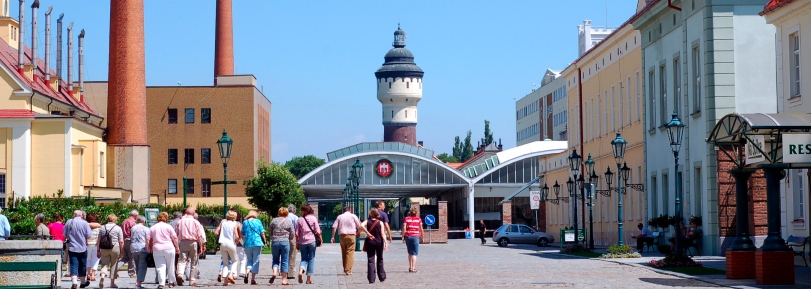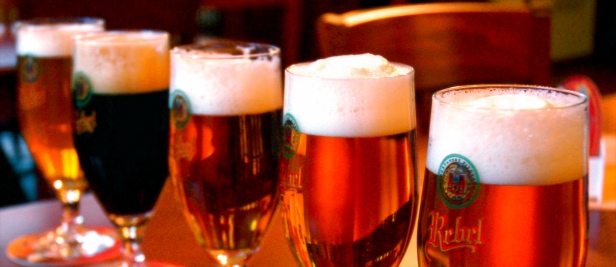
How do you celebrate a new apartment? We spent last week moving exactly three and a half million boxes from our old place in Prague 8 to our new home in Prague 1, where we’re now just a few minutes’ walk from Pivovarský klub (danger, Will Robinson). After dumping our belongings in the hallway, I inaugurated the transition with a bottle of Nils Oscar Rökporter, courtesy of Per at Ohhh… My Head, who handed it over at the Ratebeer European Summer Gathering. (In exchange, I offered a bottle of Klostermann from Pivovar Strakonice).
First off, even though the name means “smoke porter,” this is no Aecht Schlenkerla Rauchbier — the smoke in the Nils Oscar beer is much more understated, closer to the version (or versions) from Brauerei Spezial. It’s deep ruby with a nice sandy head and a nose of malt, oats and honey. After a semi-sweet gulp on the tongue, there’s an aromatic, Montecristo-peppery smokiness. The finish is lasting but not overbearing. A great way to break in a new apartment — really good stuff.
I like Klostermann fine, but after tasting this I’m sure I did better than Per in our trade: Nils Oscar Rökporter is currently #41 of Ratebeer’s list of the 50 best beers in Sweden, and it was one of the bottles I was searching for while checking out Czech beers in Stockholm earlier this year. Though the original word was that this was a one-off brew, Per writes that it will now be brewed year round, and made available from October. Get one if you can.
The internet still isn’t hooked up at the new place, so I’m on a limited posting schedule. More once the tubes are connected.













